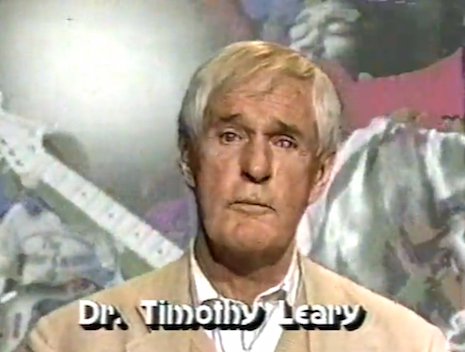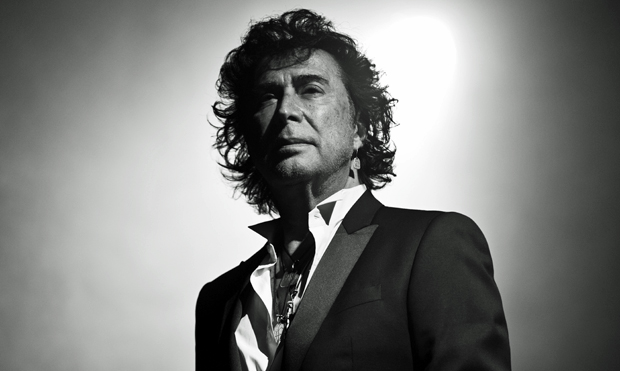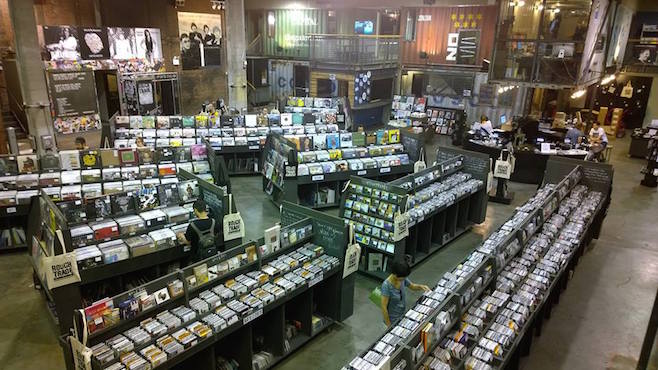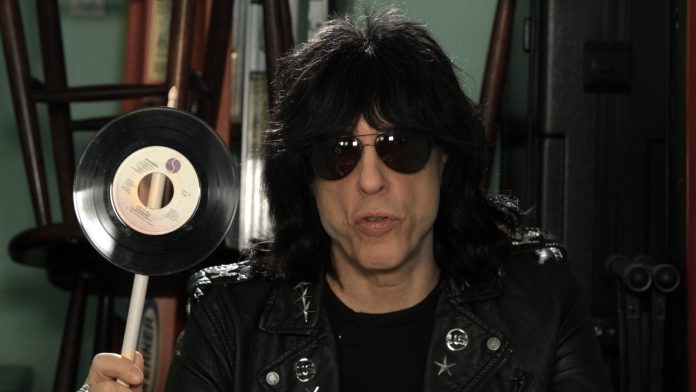According to a statement from the International Federation of the Phonographic Industry (IFPI), which represents labels worldwide, a study found that a majority of consumers who bother to care which day new music comes out prefer to hear it on Fridays and Saturdays.
“Music fans live in the digital world of today,” wrote IFPI head Frances Moore. Read below his statement in full.
After many months of discussions with groups across the music sector, today we are announcing an important milestone for our whole sector – the plan to implement an aligned global release day.
The concept has been long in preparation, and long in consultation. Since last summer IFPI has been a forum for monthly meetings with groups representing retailers, record companies, artists and musicians’ unions. We have looked at the different conditions and at a swathe of research and insight across international markets. Now we’ve reached the point where we can move ahead. There is a tremendous amount of support, from retailers, labels and artists. The list of supportive quotes, from Paul McGowan at HMV to Crispin Hunt at the Featured Artists Coalition, from Ken Parks at Spotify to Francesco Riganti at Mondadori Retail in Italy, gives just a snapshot of this.
Crispin Hunt of the Featured Artists Coalition (FAC)
“The FAC applauds the IFPI for involving the Artist Community in the development of this initiative. The FAC supports a Global Release Day as a great opportunity to re-engage the public with new music and re-ignite excitement around new releases. We are in a time when the general public’s involvement with music has become more fleeting and somehow less social – a global release day could help change that. As the weekend is when the public are most engaged with music and offers the best opportunity for musicians to access their audience, we believe a Friday release would best serve the artist and the fan, and help to make new music the occasion it should be.”
Paul McGowan, chief executive of Hilco Capital, the group which owns HMV
“A global release day is a totally logical move in today’s global music market and Friday is overwhelmingly the right choice for the day. Quite simply, new music should hit the high street when people hit the street. New Music Fridays will get new releases to fans when they most want to buy them. As the UK’s biggest music retailer, that makes perfect sense to us.”
Frances Moore, chief executive, IFPI
“A global release day makes sense for one overwhelming reason – it meets the needs of the music consumer. In today’s globalised world, it makes no sense for new music to be released to fans on different days of the week. At the same time, we view this as a tremendous opportunity to breathe new life back into the release of music. Friday has a compelling logic to it, at the start of the weekend when fans most want to listen to and buy music, which is why it has been chosen as the day.”
Glen Barros, President and CEO of independent label Concord Music Group
“We’re very pleased to see that the industry is now moving toward a global release day, as this clearly reflects the realities of the current global music business. While this change presents a number of challenges and concerns understandably resulting from a major adjustment to long established customs and practices, our involvement in the planning process has led us to conclude that it will ultimately benefit the consumer. And that should mean that we’ll all be better off in the long run.”
So the target is a big one but a manageable one: by the summer this year new releases will be issued at 00:01 on Fridays.
Why is global release day such a smart idea for today’s music business? First, because it is what our consumers want. Music fans live in the digital world of today. Their love for new music doesn’t recognise national borders. They want music when it’s available on the internet – not when it’s ready to be released in their country. An aligned global release day puts an end to the frustration of not being able to access releases in their country when the music is available in another country. This is particularly prevalent in a world united by social media, where fans can instantly see friends or family in other countries enjoying the music they want.
Second, global release day is about celebrating new music. By creating a single day for new releases across the world, it’s an opportunity to re-awaken the excitement and anticipation of new music everywhere. Many artists feel the sense of an event in releasing music has been diminished. That is why the artists involved in the discussion around the project have been so fired up by the concept.
And there is another benefit: the global release day narrows the gap on piracy by making it less likely that consumers will go to pirate sites when they can’t get new releases in their country. This will help channel revenues back to the legitimate rights owners.
Implementing this project across markets worldwide is going to be no small task. We asked our IFPI national groups to form working groups just for this task when discussions started last summer. Retailers, chart companies, labels and artists need to be involved. The key tasks of these working groups will include: adapting the charts to a Friday release for countries that presently have a different day; managing the process and system changes between different parties in the supply chain; marketing and branding so that there is a clear brand and consumer awareness around Global Release Day; and dealing with glitches that will inevitably arise during the process of the switchover.
What has been gratifying about the consultation has been the near-unanimous support for the concept of the aligned global release day. Of course there has been plenty of debate about which day to choose. In the end the decision has been for a global release Friday. The compelling logic of Friday is that it is the day that best suits consumers. Consumer research across 7 diverse markets – Brazil, France, Italy, Malaysia, Spain, Sweden and the USA – produced almost totally consistent findings: nearly 7 out of 10 consumers who expressed a view preferred to have new music released on a Friday or Saturday.
Looking at consumer behaviour reinforces this. Friday and Saturday are the days of highest footfall in physical retail stores and the highest levels of purchasing traffic online. It’s also the time of greatest activity on social media, helping amplify the buzz around new releases everywhere. And the weekend is a time for greater spontaneous purchasing.
Of course, moving a whole industry to a global release day involves big challenges. Inevitably a global project involving more than 50 countries is not going to make every stakeholder in every country happy. There will be upheaval for some, no doubt. However, the truth is that there has been no credible alternative to a Friday proposed that would work at the global level.
Looking ahead, I think this is an exciting moment for the international music business. This is artists and labels thinking smart, thinking of the future, and, above all, thinking of their consumers. I’m delighted we’ve been able to come together and make this announcement. It’s now time to move on and implement Global Release Friday.












